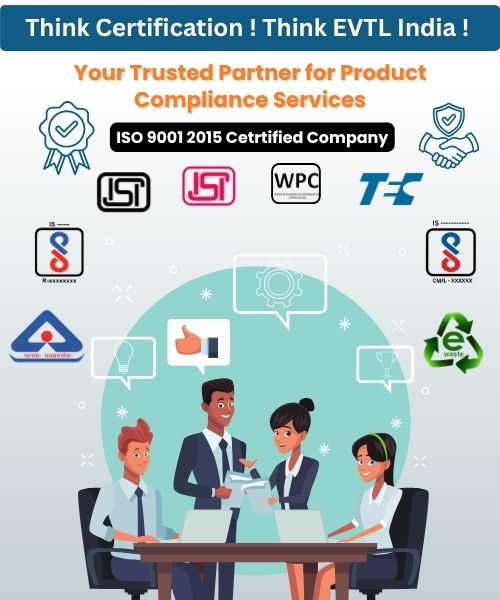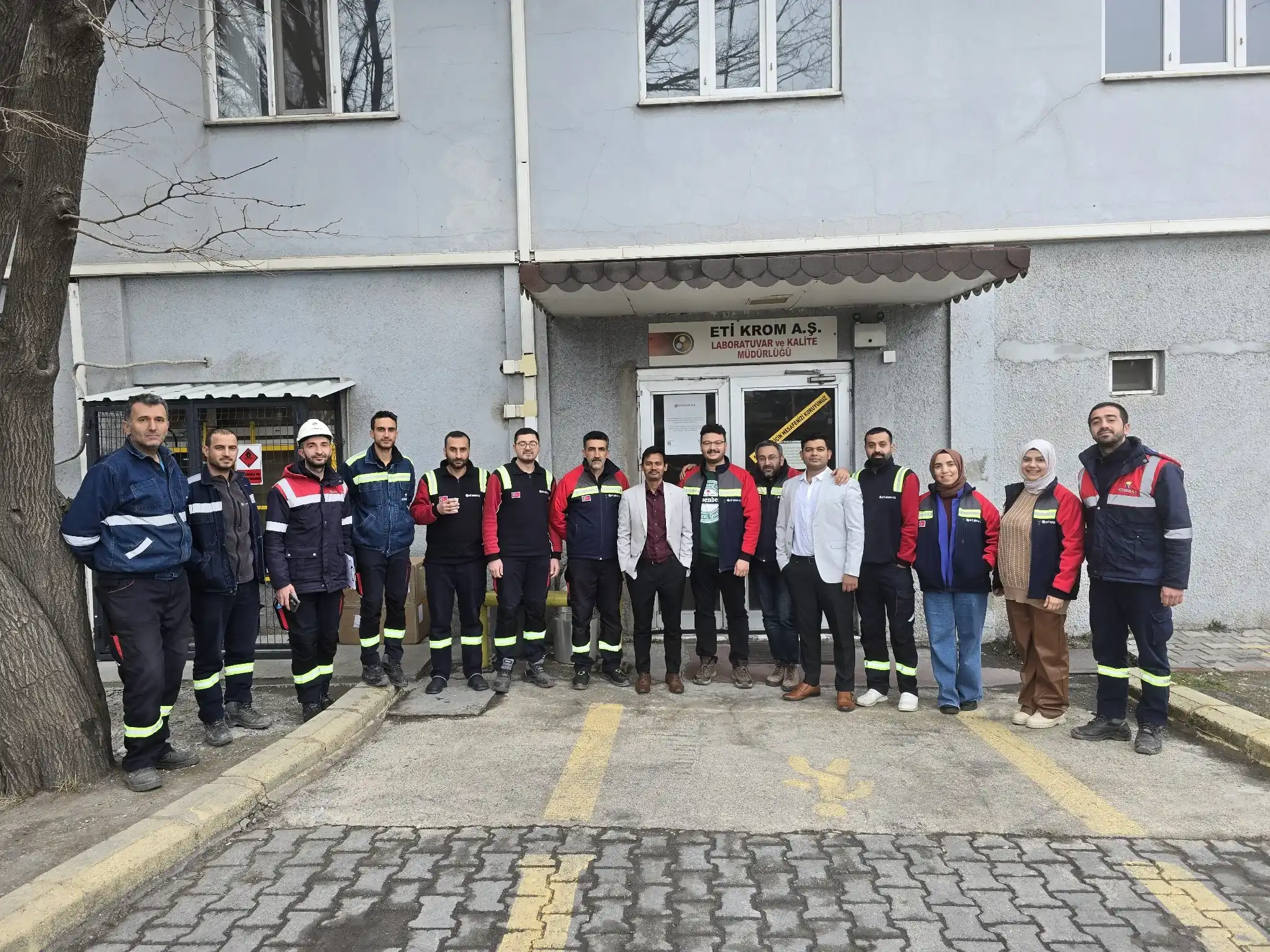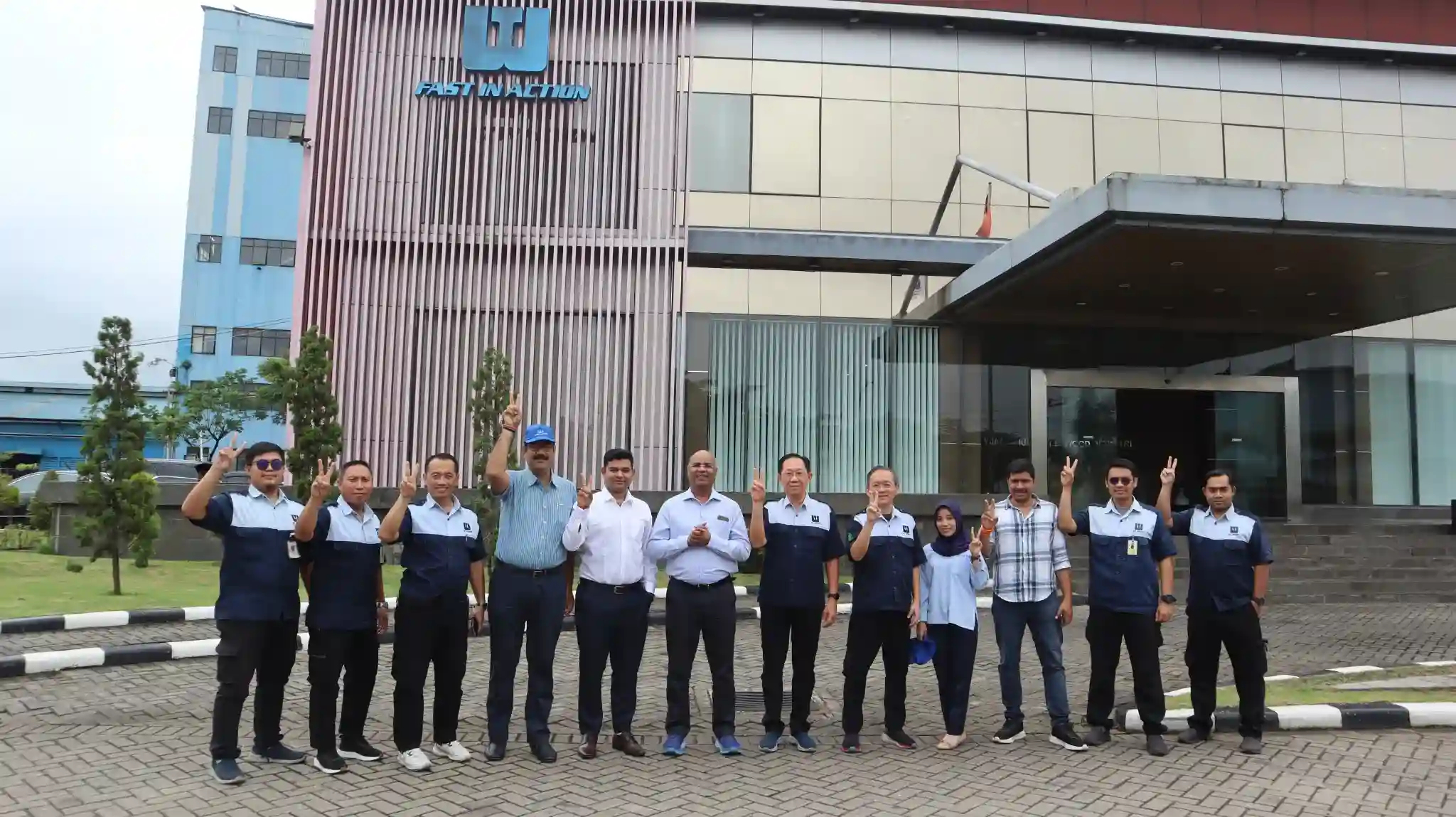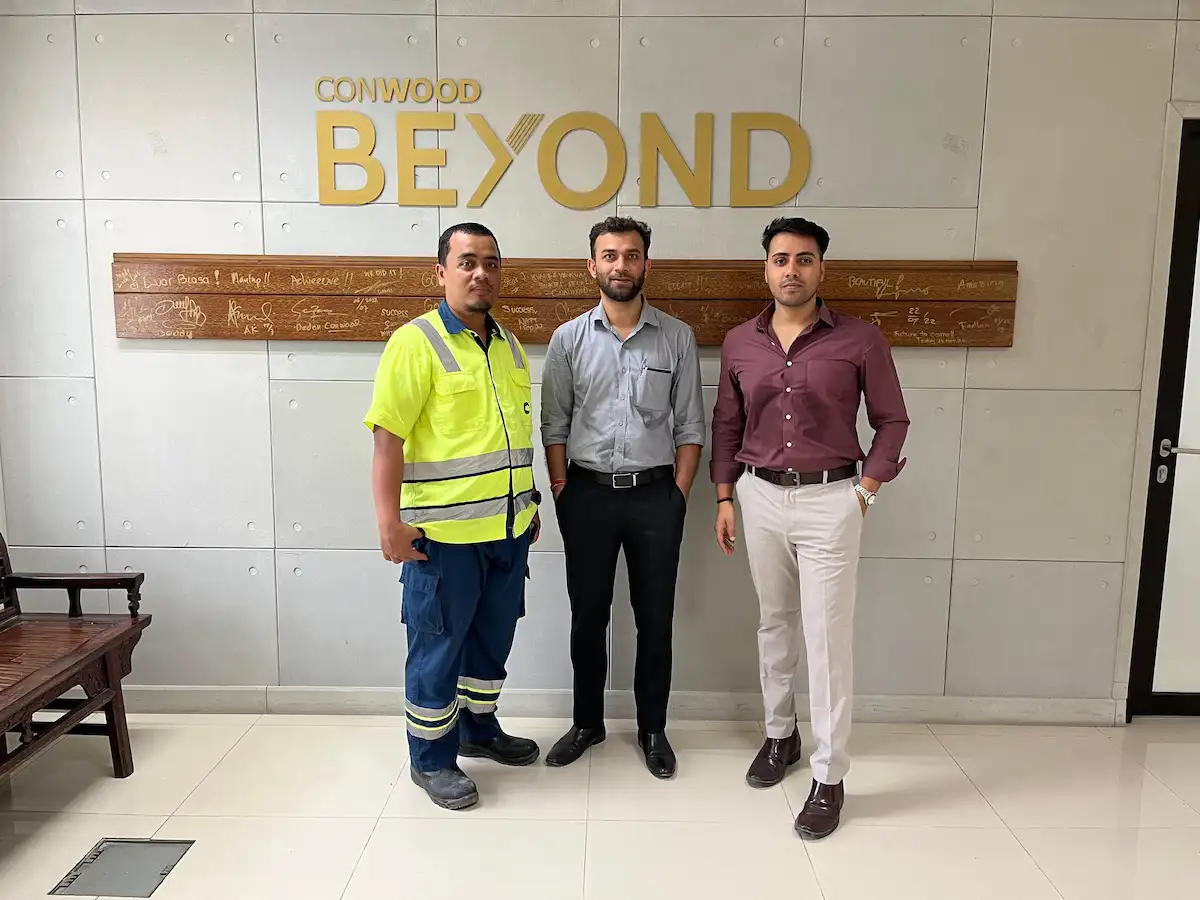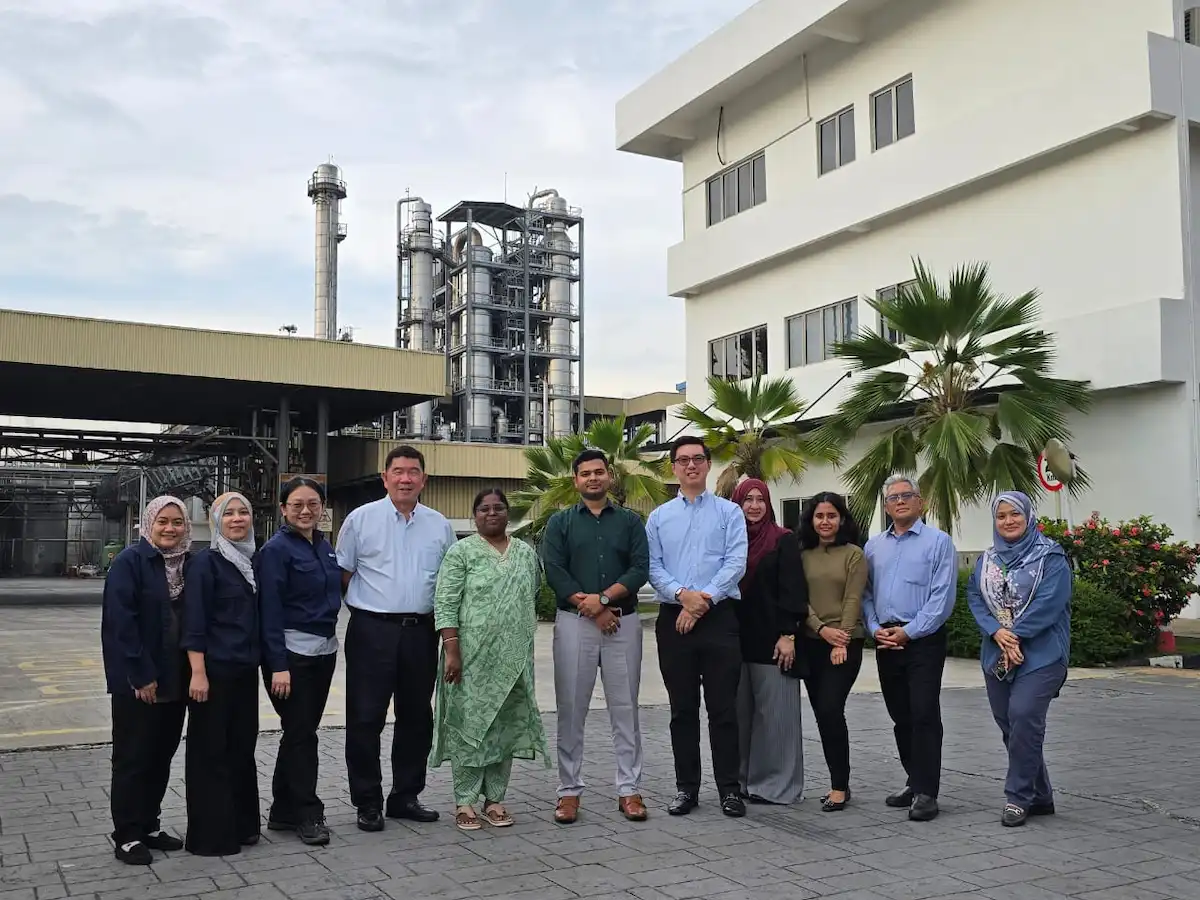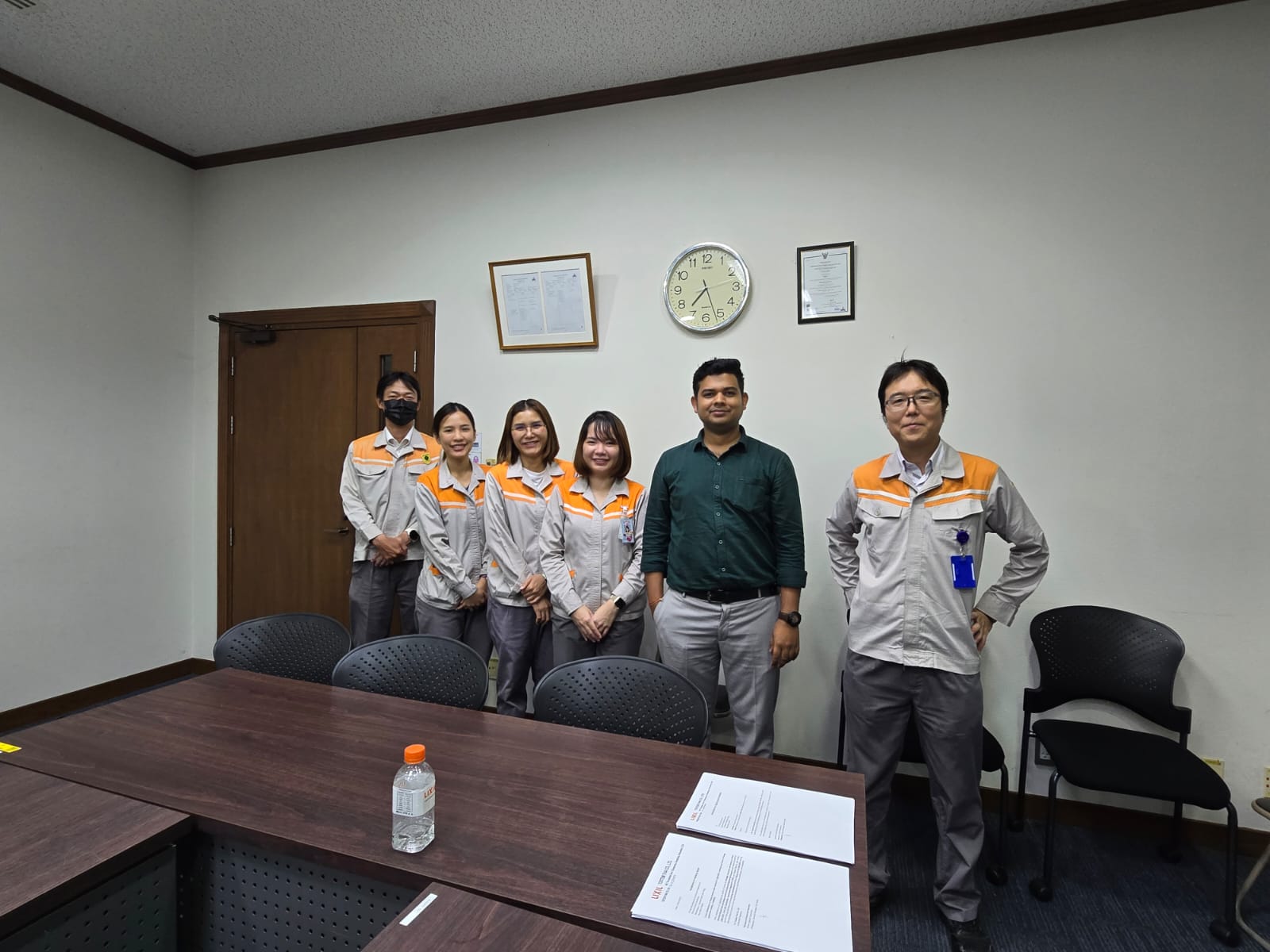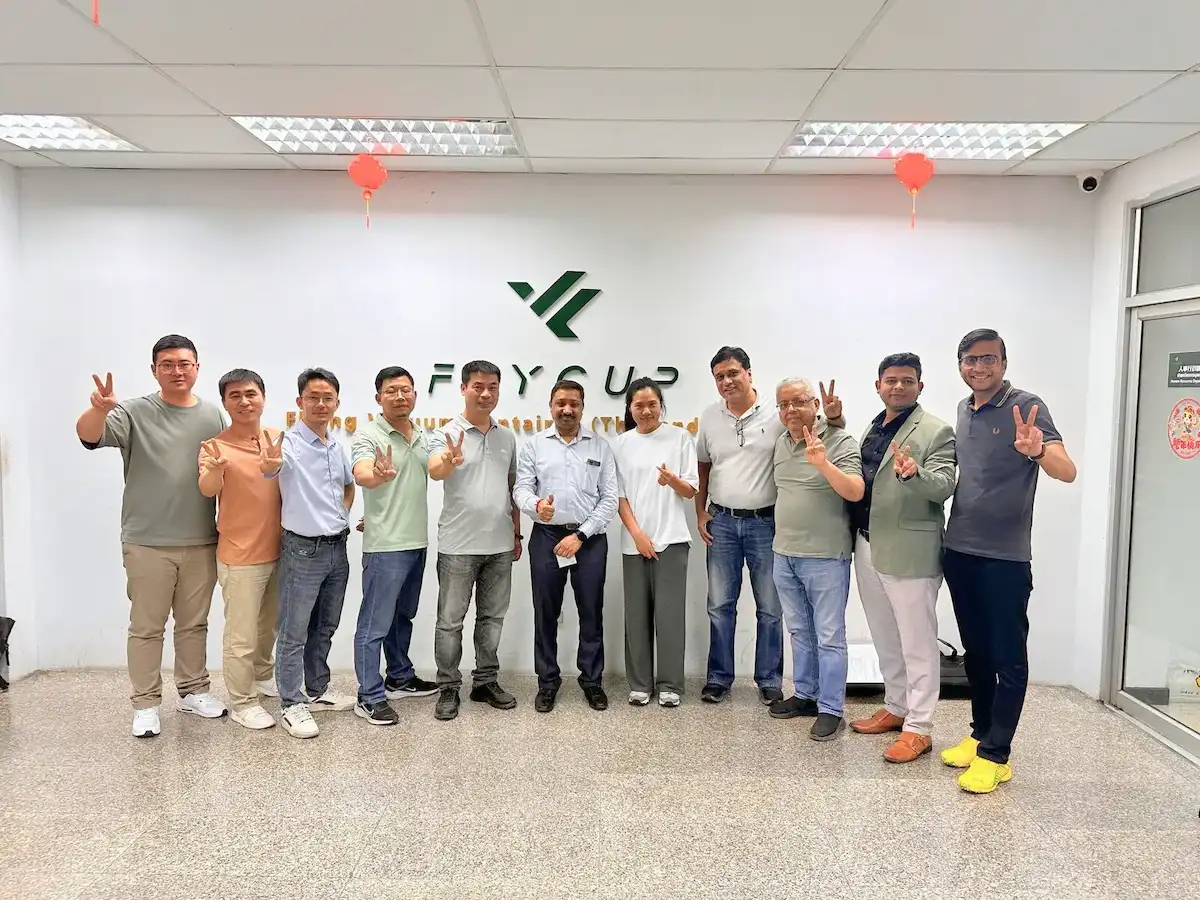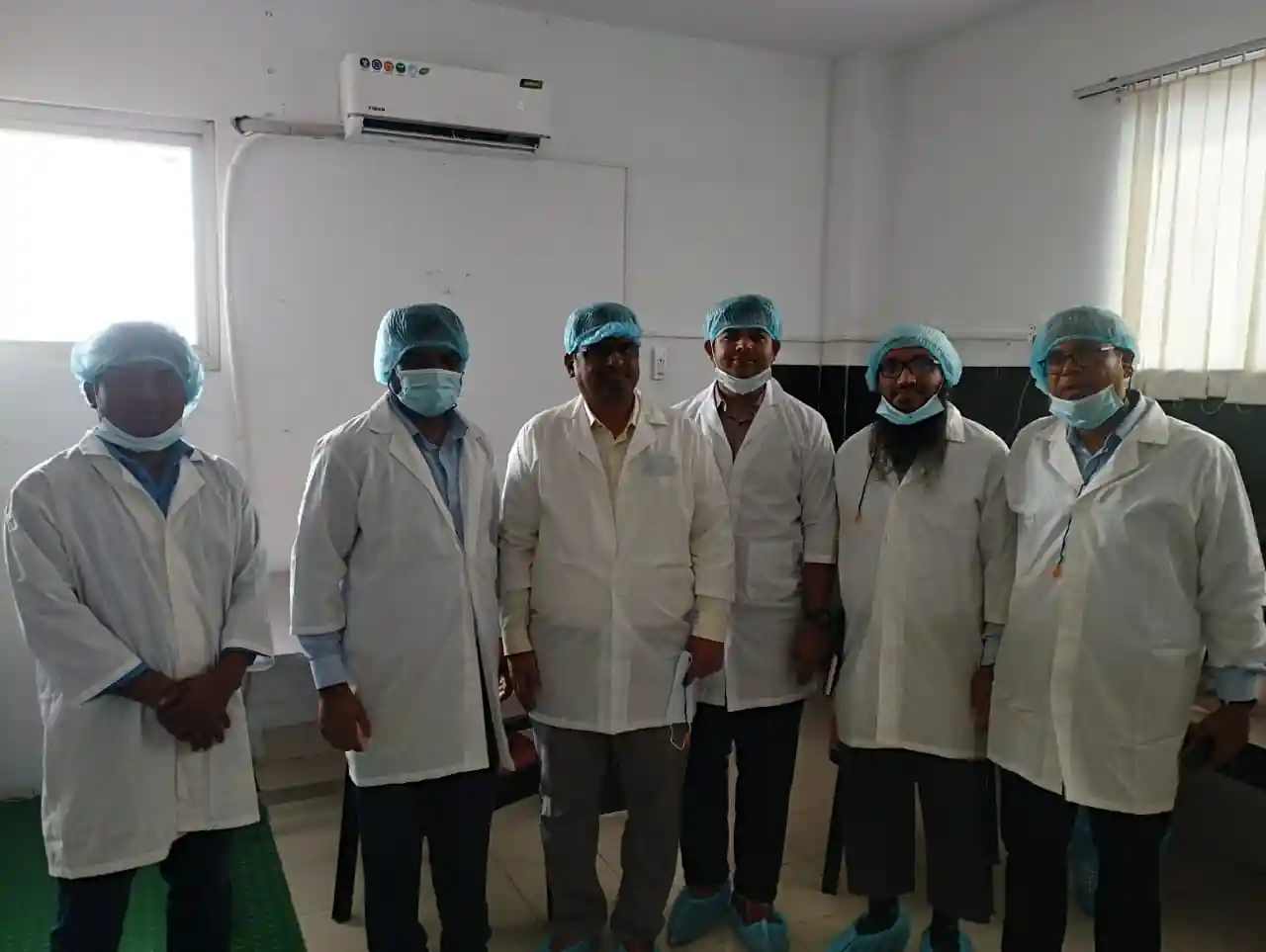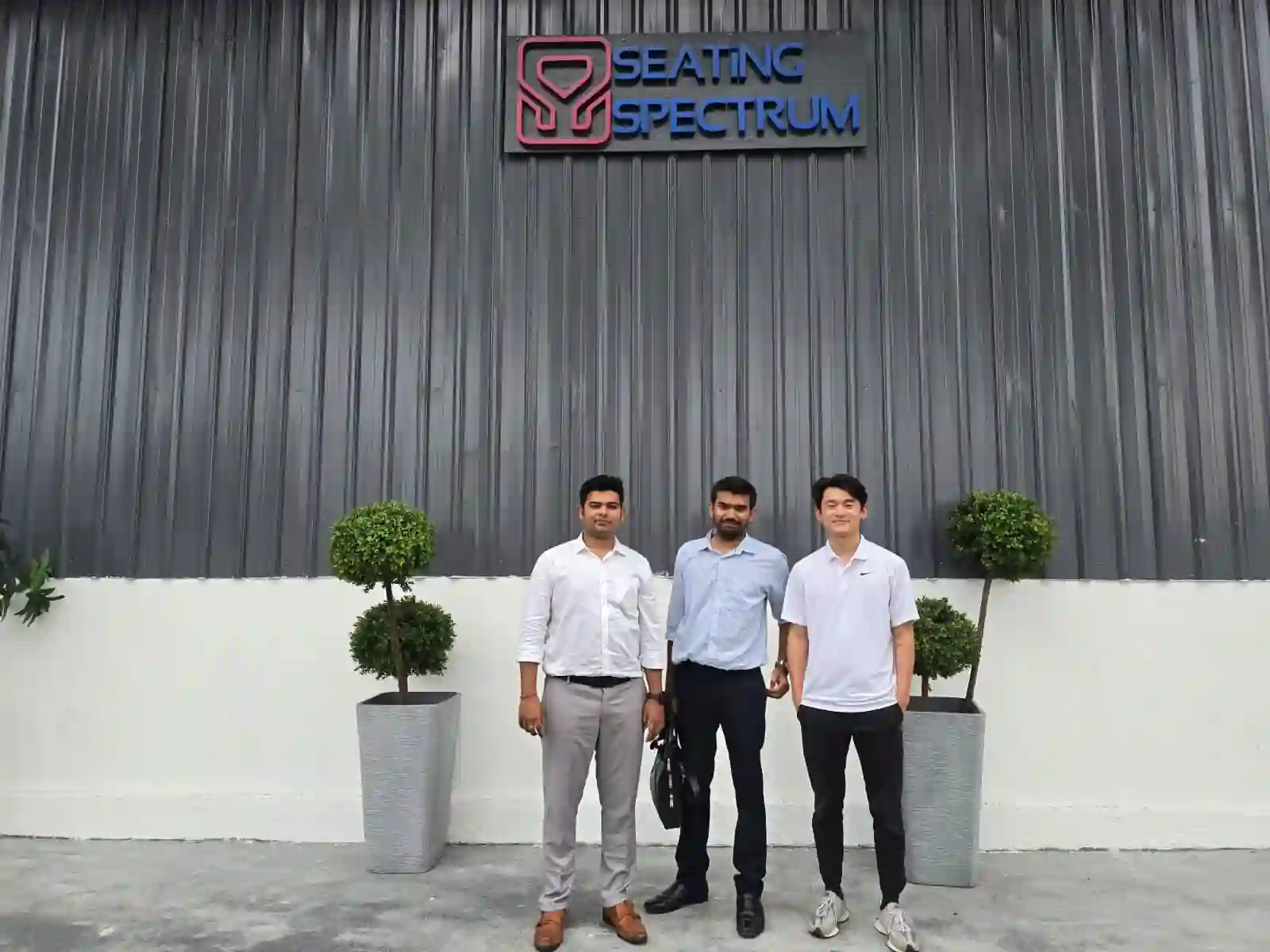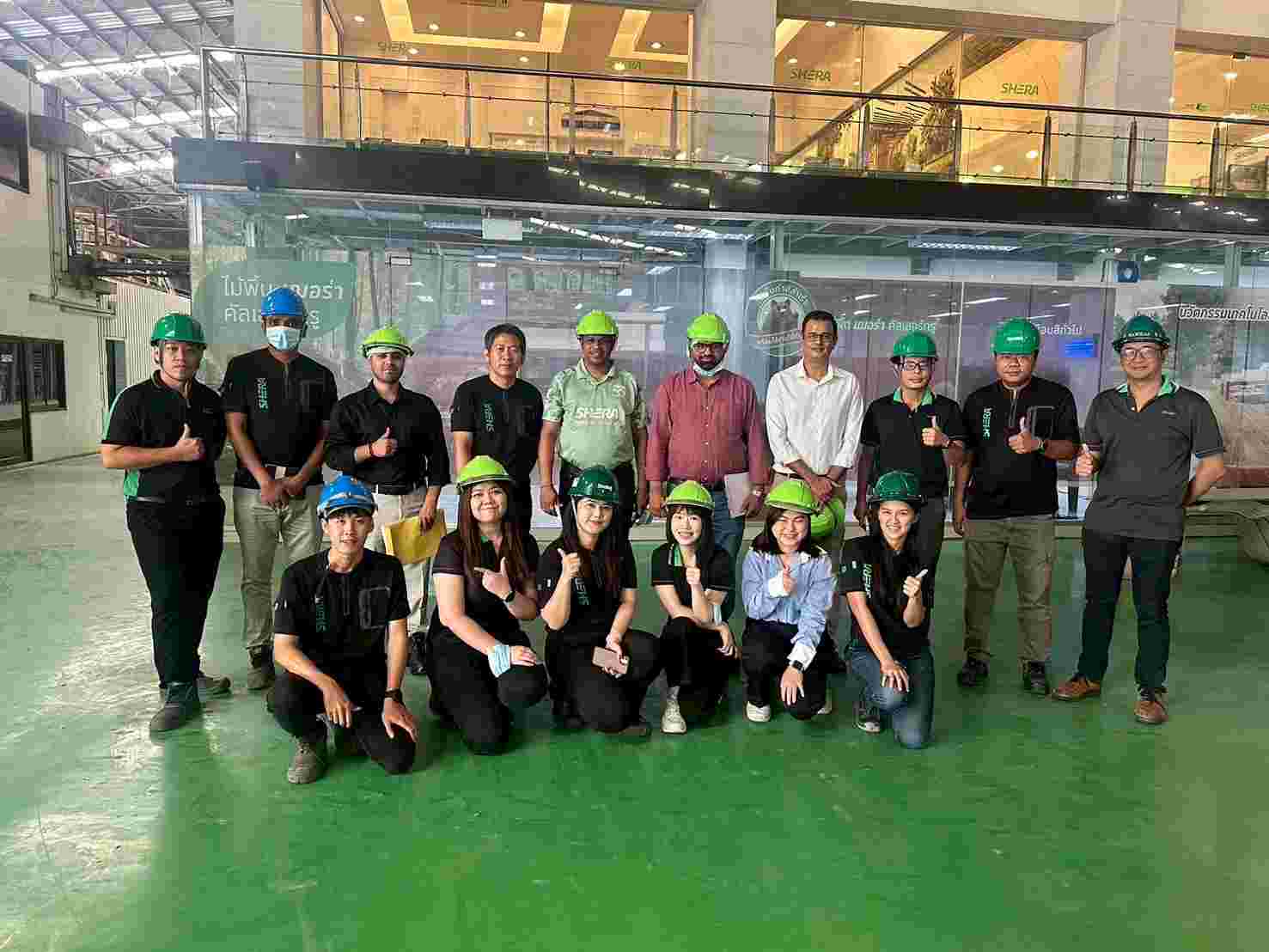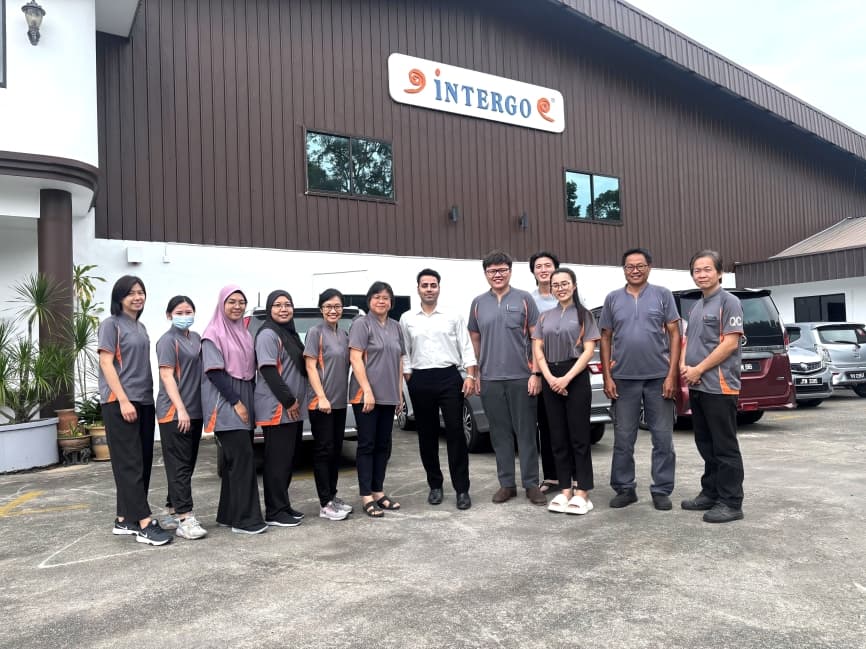Get A Quote
BIS Certification for Specification for Non-Magnetic stainless steel for electrical applications Part 2: Specific requirements for binding wire IS 10632 (Part 2):1983
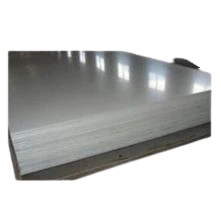
BIS Certification
for Non-Magnetic Stainless Steel Used in Electrical Applications: Specific
Requirements for Binding Wire IS 10632 (Part 2):1983 is all about meeting
Indian standards and making sure that products are of high quality and
reliability. This certification is essential for manufacturers who produce
non-magnetic stainless steel binding wires for electrical uses.
It confirms that the materials are durable, corrosion-resistant, and perform well, all while adhering to strict safety regulations. We offer expert consultancy to guide you through the BIS Certification for Non-Magnetic Stainless Steel for Electrical Applications: Specific Requirements for Binding Wire IS 10632 (Part 2):1983, making the approval process smooth and hassle-free.
Introduction
Getting BIS
Certification for the specification of non-magnetic stainless steel used in
electrical applications, specifically Part 2: the requirements for binding wire
IS 10632 (Part 2):1983, is important. This certification ensures that the
stainless steel binding wires not only meet quality and safety standards, as
outlined in the Steel & Steel Products (Quality Control) Order of 2024, but
also guarantee their durability and reliability. For manufacturers looking to
sell their products in India, obtaining BIS certification is a must for
regulatory compliance and consumer safety, while also maintaining the
consistency and standards expected in the industry.
Why is BIS certification necessary for Specification for
Non-Magnetic stainless steel for electrical applications Part 2: Specific
requirements for binding wire IS 10632 (Part 2):1983?
BIS certification
plays an essential role in Specification for Non-Magnetic Stainless Steel for Electrical
Applications Part 2: Specific Requirements for Binding Wire IS 10632 (Part
2):1983. It ensures that products meet the necessary quality, reliability, and
compliance with Indian standards. This certification helps confirm that the
material meets safety and performance benchmarks for electrical applications,
thereby reducing the risk of failures and boosting durability. Plus, having BIS
certification builds consumer trust and enhances market acceptance. If you’re
looking for expert advice on BIS Certification for Specification for
Non-Magnetic Stainless Steel for Electrical Applications Part 2: Specific
Requirements for Binding Wire IS 10632 (Part 2):1983, it’s a good idea to
consult with knowledgeable professionals who can help simplify the process.
Overview of Indian
Standard IS 10632 (Part 2):1983
The Indian Standard
IS 10632 (Part 2):1983 outlines what’s needed for non-magnetic stainless steel
binding wire that’s used in electrical applications. It covers everything from
the composition to the mechanical properties and performance criteria, all
aimed at making sure the materials are durable and safe. By sticking to this
standard, manufacturers can guarantee that they’re providing top-notch
materials for electrical use. Plus, having BIS Certification for Specification
for Non-Magnetic Stainless Steel for Electrical Applications Part 2: Specific
Requirements for Binding Wire IS 10632 (Part 2):1983 is essential for
manufacturers to comply with regulatory standards. This not only boosts product
reliability and acceptance in the market but also enhances safety in electrical
applications.
Process for BIS Certification
The BIS certification process for Specification for
Non-Magnetic stainless steel for electrical applications Part 2: Specific
requirements for binding wire IS 10632 (Part 2):1983, involves multiple steps
designed to thoroughly evaluate a product's compliance with the required
standards. Here is a general overview of the certification process:
1. Application Submission:
Manufacturers must submit an application form along with the required
documentation to BIS.
2. Documentation Review: BIS
reviews the submitted documents to ensure completeness and correctness.
3. Factory Inspection: BIS
officials conduct an on-site inspection of the manufacturing facility to assess
the production process and quality control measures.
4. Sample Testing: Product samples
are taken and tested in BIS-approved laboratories to verify compliance with
Indian standards.
5. Certification Grant: Upon
successful completion of the inspection and testing, BIS grants certification,
allowing the manufacturer to use the BIS mark on their products.
Documents Required for BIS Certification
To apply for BIS certification, manufacturers need to submit the following documents:
● Application form
● Manufacturing process details
● Quality control plan
● Test reports from BIS-approved laboratories
● Factory layout and equipment details
● Proof of business registration
● Product specifications and technical details
● Declaration of conformity to Indian standards
Additionally, manufacturers may be required to provide proof of compliance with environmental and safety regulations, depending on the specific type of product being certified.
BIS ISI Mark Certification Costing And Timeline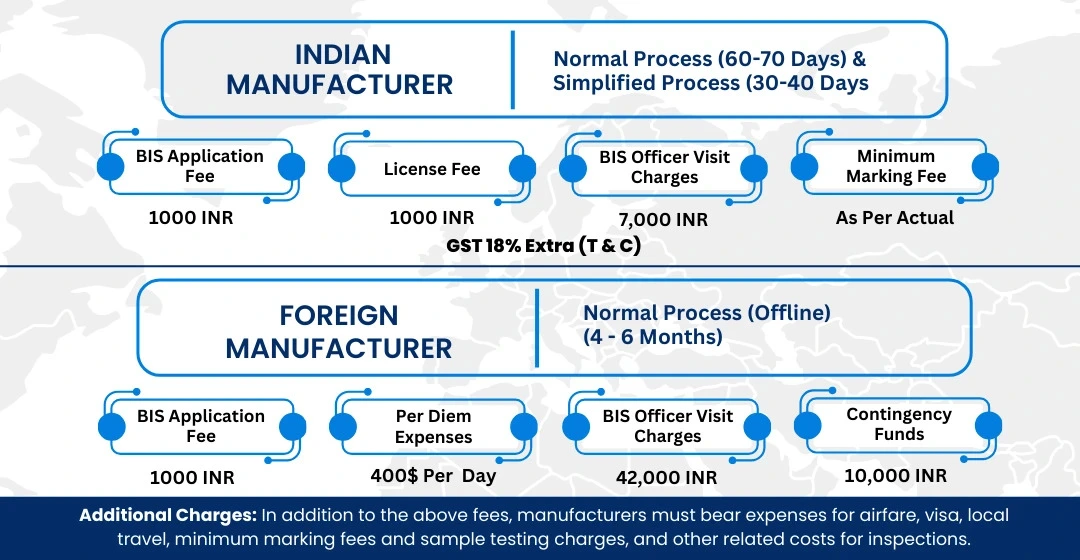
To Know The Process in Detail, Please Visit:
Under BIS Registration Products ISI and CRS
Conclusion
Getting BIS Certification for Specification for Non-Magnetic Stainless Steel for Electrical Applications Part 2: Specific Requirements for Binding Wire IS 10632 (Part 2):1983 is essential for manufacturers who want to comply with Indian quality and safety standards. This certification boosts product reliability, encourages market acceptance, and ensures that all regulatory norms are met. At EVTL India, we offer expert consultancy services that simplify the BIS certification process. We guide businesses through the necessary documentation, testing, and approval stages. With our deep understanding of regulatory requirements, we assist manufacturers in achieving smooth certification, ensuring their products meet industry standards. Our support helps businesses navigate the complexities of the certification process efficiently, cutting down on approval timelines and making compliance stress-free. By partnering with EVTL India, manufacturers can confidently focus on producing high-quality products and expanding their market reach while we handle the BIS Certification for Specification for Non-Magnetic Stainless Steel for Electrical Applications Part 2: Specific Requirements for Binding Wire IS 10632 (Part 2):1983.
Free Call Back
Latest News & Update
📅 BIS Critical Component List (CCL) Updates for Solar PV Modules
🕒 BIS Fee Concessions for MSMEs and Startups | EVTL India
📅 Guidelines for Implementation of Essential Requirements for Security of CCTV
🕒 Omnibus Technical Regulation (OTR) Amendment Order, 2025
🕒 Extension of Timeline for Filing Annual Returns by Battery Producers
📅 Extension of Timeline for Filing Quarterly and Annual Returns for E-Waste
🕒 Extension of Concurrent Running Period for IS 302-1: 2008 and IS 302 (Part 1): 2024
🕒 BIS Guidelines for Grant of Licence (GoL) | EVTL India
📅 CPCB Guidance on filing of Application, Fees and more
🕒 CPCB Notification on Labelling of Plastic Packaging
📅 Mandatory Compliance for Input Materials of Steel and Steel Products for Imports
🕒 BIS Guidelines for Scheme-X Certification for OTR-Regulated Products
📅 BIS Upgrades Product Certification License Numbers to 10-Digit Series
Why Choose EVTL INDIA
Expertise in Indian Regulatory Standards
End-to-End Support
Trusted by Top Indian & Global Brands
Fast Processing & Transparent Pricing
Strong Liaison with Indian Authorities
Company Profile